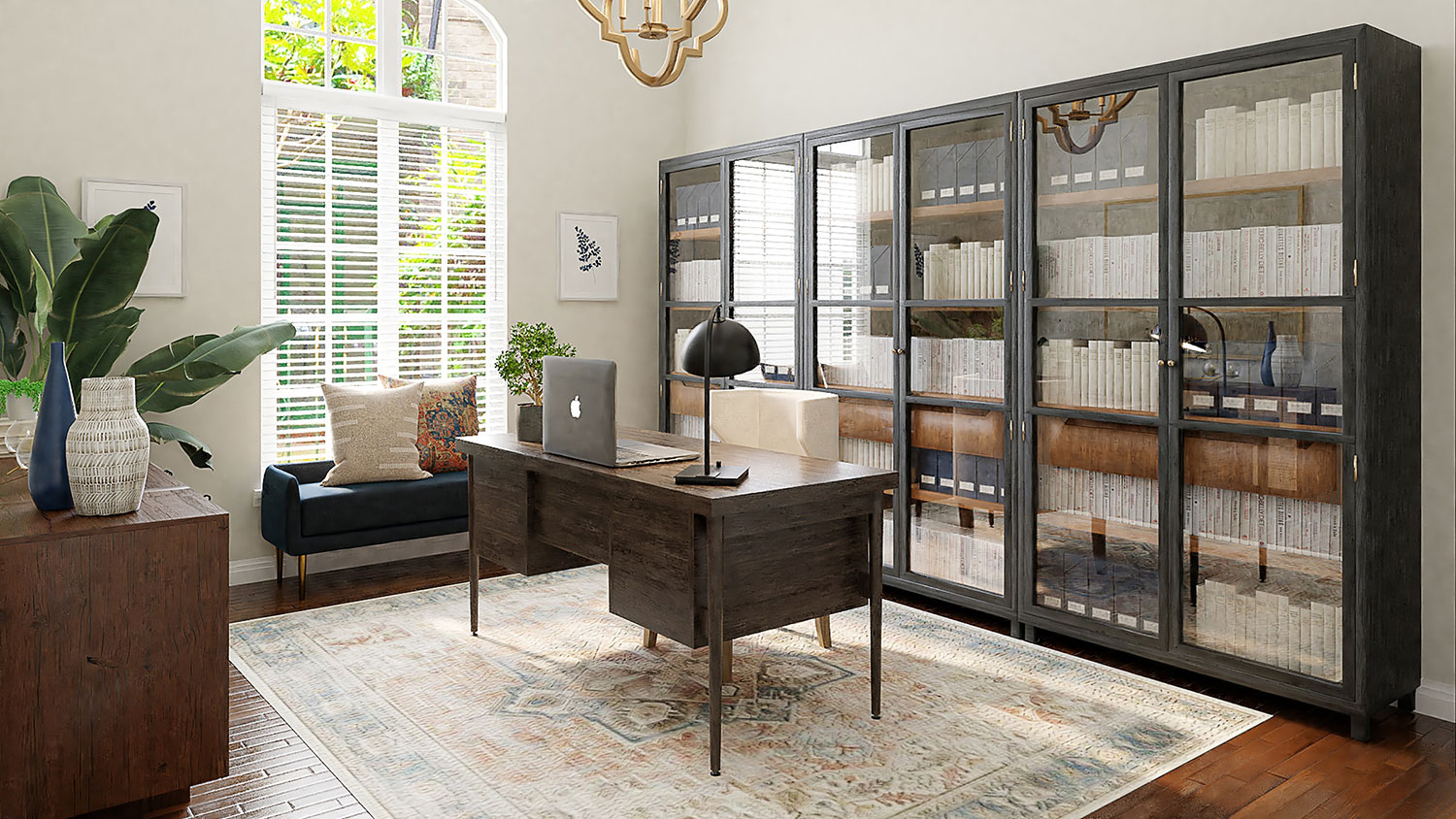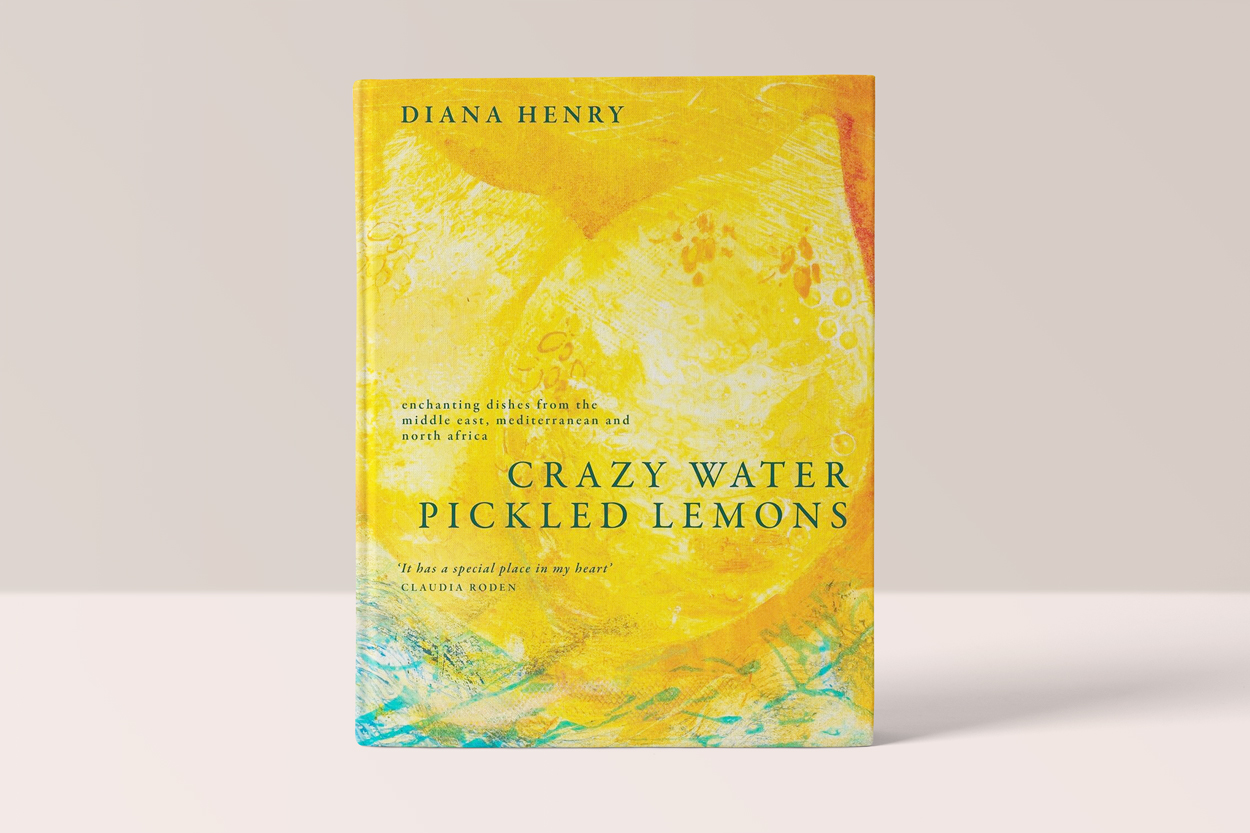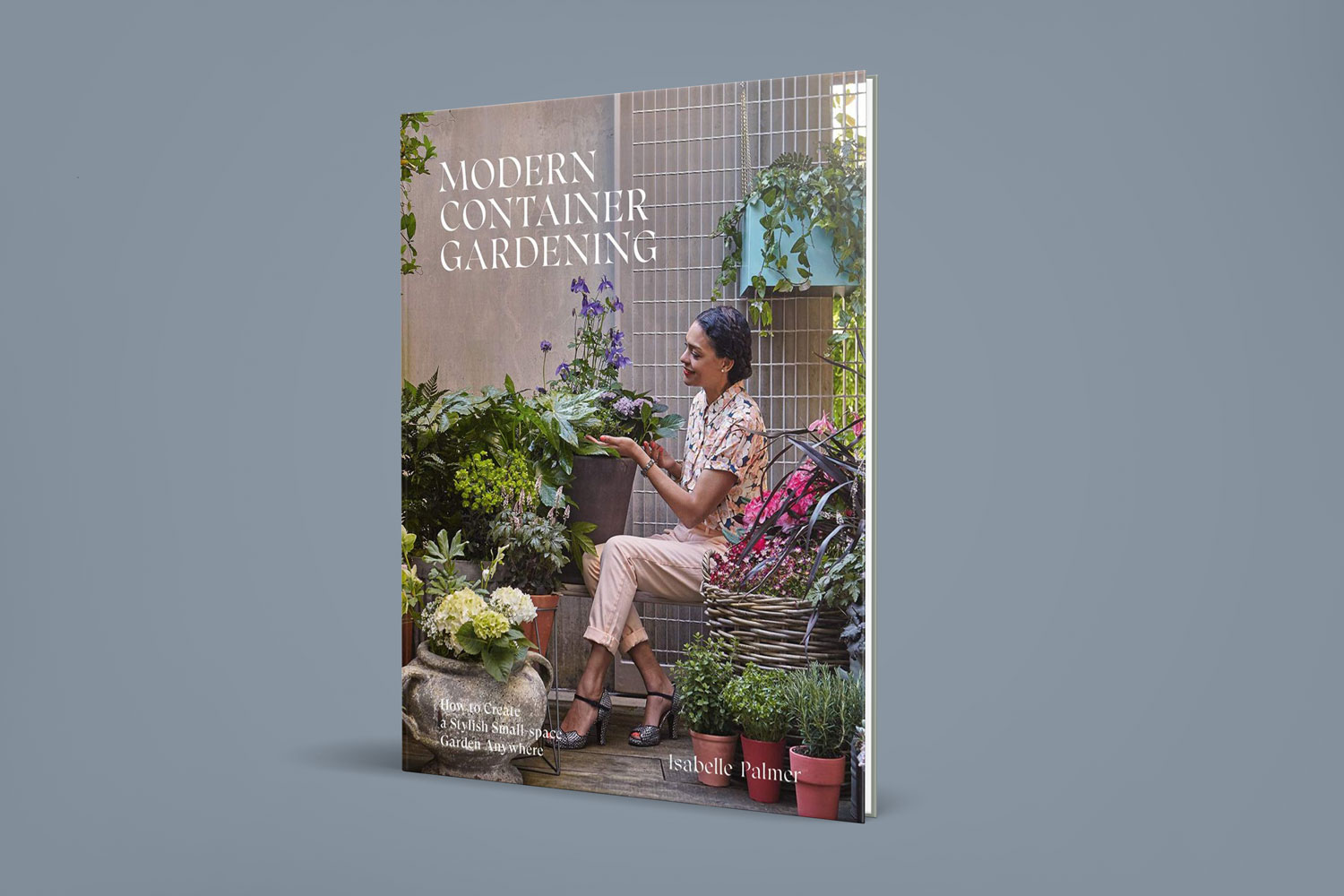Creating More Space in Your Home

– advice for the reluctant de-clutterer
Do you sometimes look around at the space you live in and wish you could start again with a blank canvas?
When you move house there is a wonderful opportunity to assess what you want to take with you. But what if you are not moving, but you really want to make a fresh start?
Spring is a wonderful time to look around your home with new eyes. With the longer days and the natural daylight there is a real opportunity to both clean and tidy, and with your newly discovered space to start to create the home that you really want.
Can you remember when you first rented, or bought your current property and those moments of clear space before your possessions arrived! Look around now, how much empty space still exists?
Traditionally this time of year was seen as a time to start preparing to spring clean, which was an opportunity to get rid of all the accumulations of dust, soot and grime that had build up over the winter months.
Modern day homes may not have quite the same need for deep cleaning, but over time many of us accumulate so much ‘stuff’, and before we can think creatively about the space we live in, we have to be able to see it!
Most homes have collections in different corners waiting to be sorted. Wardrobes full of clothes, shoe and bag collections, piles of newspapers and magazines waiting to be read. Despite much of it being available digitally, there is a certain comfort in walking to collect the weekend’s newspapers, until we realise that we often don’t have the time to read all of the sections, and it gets left to read later.
If you have children they accumulate their own collections, linked to hobbies, school-work, sports gear etc. If you, or your partner, work from home, this mountain grows ever higher.
These early months of the year present a great opportunity to sort your clutter before the better weather arrives and everyone wants to be out enjoying the fresh air.
Most of us have very limited time available and so making a start on this often needs to be fitted in around other activities. One of the hardest tasks is just to get started, when you have a busy life full of either work pressures, family responsibilities, or juggling both, chores are a challenge. At the end of a busy week when you reach the weekend, most of us just want to enjoy our free time.
There are many sources of guidance about how to clear your space and some of these are included at the end of this feature. But if you are a reluctant sorter and find even the thought of clearing out your spaces overwhelming, you may find it easier to spend some time planning where you need to start.
One way to do this is to use the matrix below, and the advantage of this approach is that you can start this planning from the comfort of an armchair!
| Essential & Cherished Keep safe & protected | Not Essential but Cherished Sort and store safely |
| Essential but not Cherished Find ways of organizing & keeping it easily accessible | Not Essential and Not Cherished Dispose of and find ways of stopping it from arriving |
As part of the preparation think about additional ways you can store things, in Spark Joy by Marie Kondo, she gives some excellent advice about ways of folding and using small storage boxes for storing smaller items. Having the boxes, folders and anything else you might need ready before you start means that the time you invest in sorting won’t be wasted.
Using the matrix to make lists of the items in each category will make your actual sorting time more efficient.
Essential and Cherished
This is an important category, these are things that are essential to your daily life and you value them and want to keep them safe. This may be practical things such as your mobile phone, iPad, laptop, and you cherish them because of what they contain e.g. the draft of a novel, photographs, details of your contacts.
Not Essential but Cherished
This is the category that may present the most challenges, and may prompt the most debate with your partner, or other family member. Everyone will have their own opinion about what is cherished. It may also mean that you think about where you store these items, because in the event of an emergency e.g. fire or flood, these are the items that you may regret losing the most, particularly if they are irreplaceable.
This may result in you deciding to take photographs or copies of these, or storing them somewhere with very quick access, or in a secure place. The safety of yourself and others in an emergency should always be your priority, but if you have a small bag, or other way of securing your most precious items this can bring peace of mind. Don’t feel pressurised to give away something that is important to you. Look at everything objectively and if it is something that you cherish, find ways of storing it, to either protect it, or to display it. The items in this category may change over time, always share this information with other family members before you get rid of something. In our increasingly digital world, tangible family heirlooms become more important.
Essential, but not Cherished
This will tend to be items that need to be kept for practical reasons, passports, insurance policies, important documents, medical and emergency supplies, basic equipment needed for daily living. It is so easy not to have these items to hand in an emergency. With an increase in extreme weather conditions having an emergency back up supply of essential items becomes more important. Also you may wish to move important items upstairs if you live in a property where this is possible.
Again some of these items may need to be stored in a fireproof box, or an easily transportable bag.
In the broader sense of this category, look around your home and make an assessment of how much you need to keep in this category. These are items that may not bring you ‘joy’ in the Marie Kondo sense but you may feel they are needed in your day- to-day life.
Not Essential, not Cherished
This is a really easy category to deal with, if an item is not essential and not cherished, then it should be relatively easy to get rid of it, the only reason when it should prompt any debate, is if there are conflicting views about its merits within your household!
Look around the room you are sitting in, what is completely surplus to requirements? Take a kitchen drawer where you store takeaway menus, how many extra copies have accumulated, how many are up to date?
Examples in this category are junk mail, out of date information, unwanted clothes, gifts, duplicate items, damaged items, e.g. china, glass, electrical goods that no longer work. Removing it from your home should always be done responsibly, and there are many routes for this, from re-gifting, donations, charity shops, recycling centres, or selling if it still has value.
Also in this category is finding ways of stopping it arriving in the first place. This may mean unsubscribing to sources of junk mail, redirecting unwanted post as soon as it arrives. Recycling more often.
Importantly, set yourself realistic targets, with limited time available, tackle the easiest areas first, play music, take regular breaks and build in little rewards as you achieve your goals.
Once you reduce your clutter it is important to also create a clean and healthy environment for you, your family and those items that you have chosen to have in your life.
Spring is a great time to deep clean, general wear and tear and shredding from pets and airborne dust means that our homes very easily gain a build up of bacteria and general grime. Cleaning carpets and upholstery ideally with a machine that is effective and dries quickly, or using a professional service means that your rooms look and feel fresher.
Once you have achieved this, allow yourself time to cherish your home, buy fresh flowers, display statement pieces of art, invest in lasting and comfortable furniture, clean windows regularly, bring the outside in, include plants and greenery.
“If you want a golden rule that will fit everything, this is it: Have nothing in your houses that you do not know to be useful or believe to be beautiful.” William Morris
INSPIRATION
Spark Joy – An illustrated Guide to the Japanese Art of Tidying – Marie Kondo
Description: Spark Joy is an in-depth, line illustrated, room-by-room guide to decluttering and organising your home, from bedrooms and kitchens to bathrooms and living rooms as well as a wide range of items in different categories, including clothes, photographs, paperwork, books, cutlery, cosmetics, shoes, bags, wallets and valuables. Charming line drawings explain how to properly organise drawers, wardrobes, cupboards and cabinets. The illustrations also show Ms Kondo’s unique folding method, clearly showing how to fold anything from shirts, trousers and jackets to skirts, socks and bras. The secret to Marie Kondo’s unique and simple KonMari tidying method is to focus on what you want to keep, not what you want to get rid of. Ask yourself if something ‘sparks joy’ and suddenly it becomes so much easier to understand if you really need it in your home and your life. When you surround yourself with things you love you will find that your whole life begins to change. Marie Kondo’s first book, The Life-Changing Magic of Tidying, presents her unique tidying philosophy and introduces readers to the basics of her KonMari method. It has already transformed the homes and lives of millions of people around the world. Spark Joy is Marie Kondo’s in-depth tidying masterclass, focusing on the detail of how to declutter and organise your home.
Sustainable Home – Christine Liu
Practical projects, tips and advice for maintaining a more eco-friendly household
Description: Sustainable Home is a stylish, inspirational and practical guidebook to maintaining a more environmentally friendly household.
Sustainable lifestyle blogger and professional Christine Liu takes you on a tour through the rooms of your home – the living area, kitchen, bedroom and bathroom – offering tips, tricks and 18 step-by-step projects designed to help you lead a more low-impact lifestyle. Whether its by making your own toothpaste, converting to renewable energy sources, reducing your consumption of plastic, growing your own herb garden or upcycling old pieces of furniture, there are numerous ways – both big and small – to make a difference.
With environmental issues at the forefront of global politics, the desire to make small changes on an individual level is on the rise; this book will guide anyone hoping to make a difference, but who perhaps don’t know where to begin.



